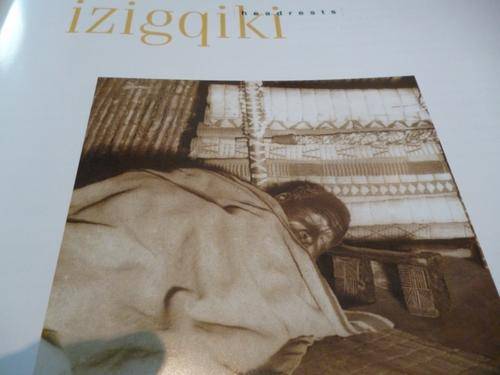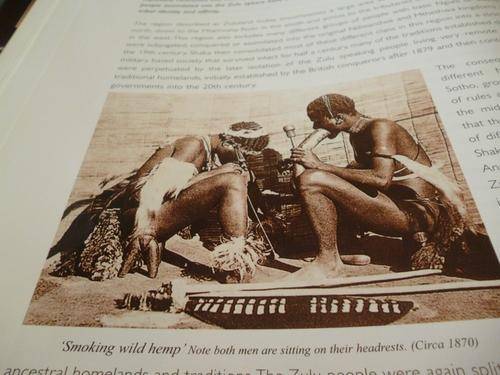
Zulu Headrest called Isigqiki. or Izigqiki. Four Split Block With Amasumpa Carving.Large, over 1 kg.
Check my rate
| Main centres: | 1-3 business days |
| Regional areas: | 3-4 business days |
| Remote areas: | 3-5 business days |

| Main centres: | 1-3 business days |
| Regional areas: | 3-4 business days |
| Remote areas: | 3-5 business days |
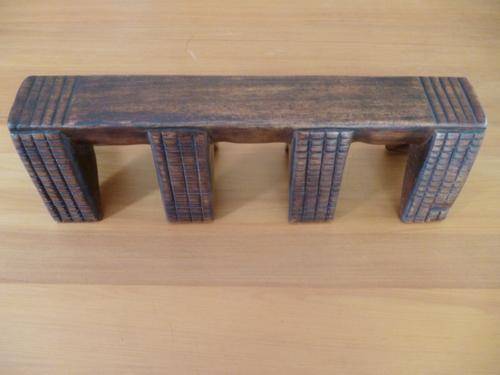
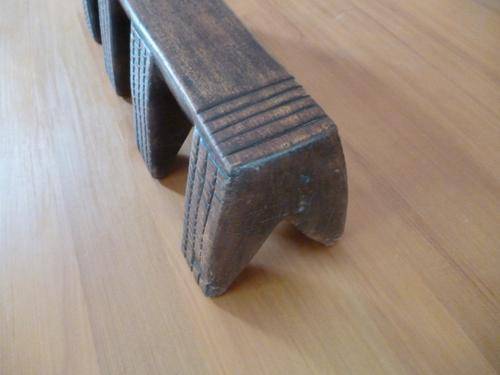
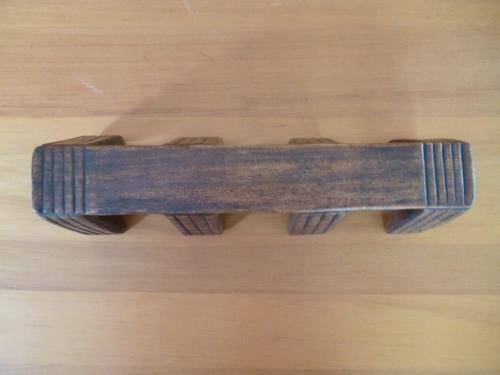
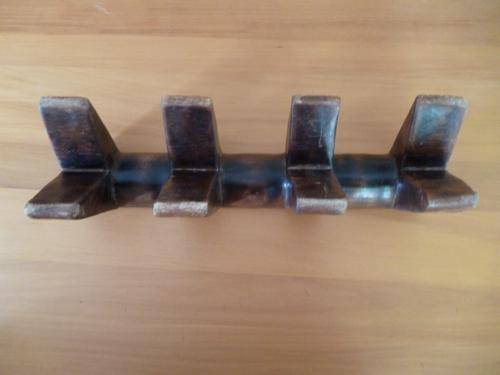
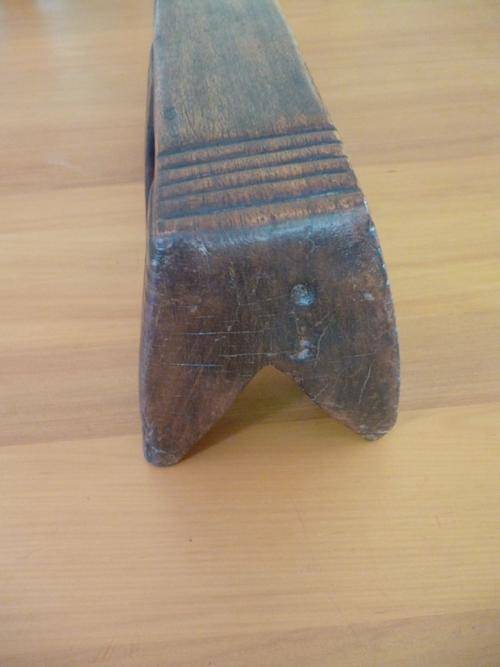
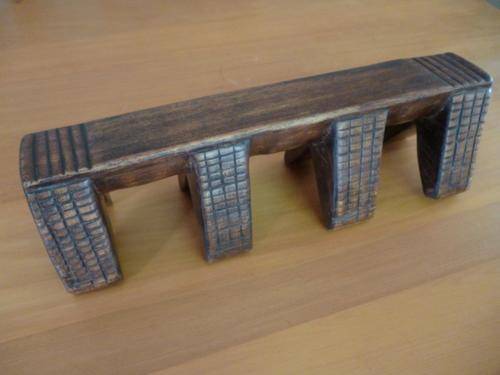
Well-proportioned solid four split columns decorated with the classic linear patterns of "amasumpa" and a decorated semi-cylindrical pillow platform with delicate patina.
This collector's item is carved out of a single piece of solid wood and is an excellent decorative object as well.
Zulu headrests are traditionally larger than other types of African headrest. This one weighs 1095 grammes and is 40 cm long, 12 cm high, and 11.5 cm wide at the base.
From the collection of Barry Hertzog Rood. After a lifetime of collecting the finest tribal objects, Barry recently started losing his sight and has been selling key items in his collection.
Secure packaging and tracked postage only R40.
Zulu headrests, as spiritually loaded icons, represent the individual's inherited ancestral powers or characteristics, not extraneous influences. They conform to identifiable shapes and patterns, recognizable clan or tribal characteristics that allow differentiation between neighbouring groups What is apparently important to the spirits is the continued presence and the use of familiar or recognizable item, not the detail.
Headrests are seen as symbolic icons evoking communication between the living and the dead. As such it would have been important to be buried with one's headrest to ensure ongoing communication.
Considerable evidence exists to support the notion that headrests were used in Africa for centuries, often unchanged in form and decoration. The characteristic consistency is matched by man's equally persistent efforts to overcome his greatest fear, that of total oblivion after death.
Headrests acquire spiritual significance through habitual or continued use.
The basic use of headrests, in Africa, was probably not to protect elaborate coiffures, but may have led to the development of elaborate hair adornments amongst some users.
( From Zulu Tribal Art by Alex Zaloumis ).
